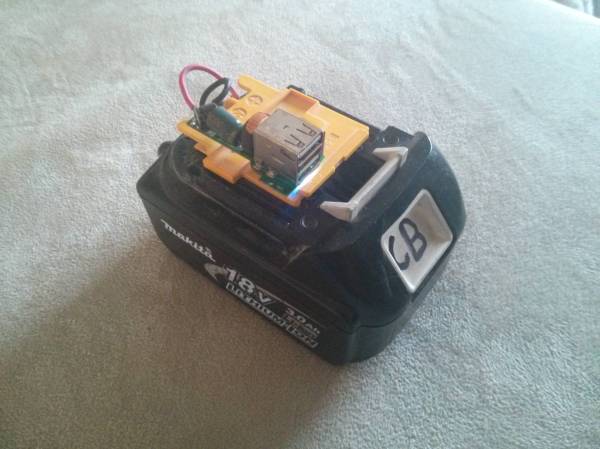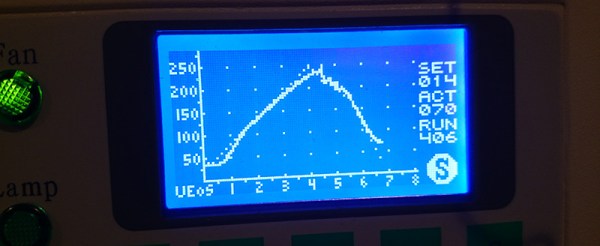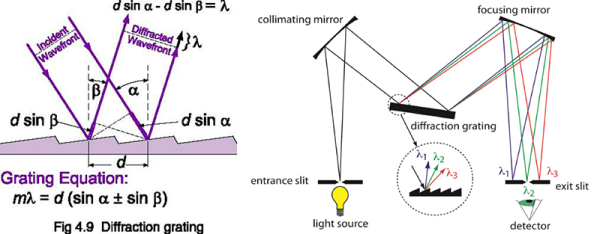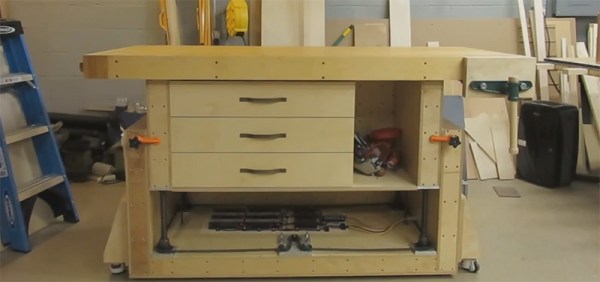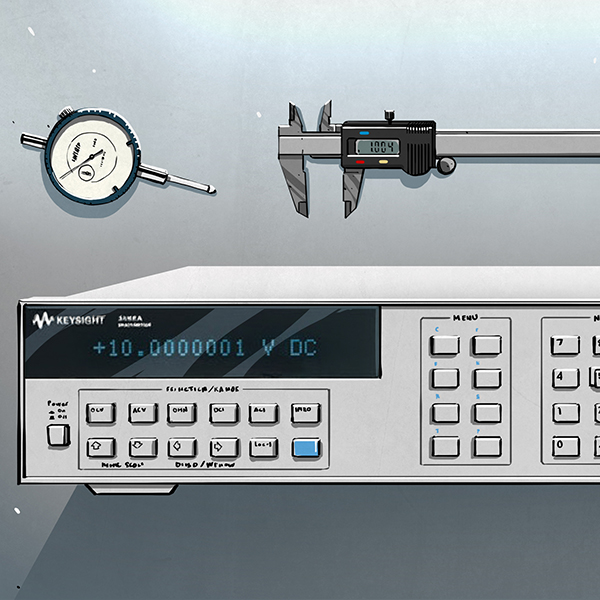It is the unspoken law of cordless tools – eventually you will have extra batteries lying around from dead tools that are incompatible with your new ones. Some people let them sit in lonesome corners of the garage or basement; others recycle them. [Eggmont] was facing this dilemma with a Makita battery from a broken angle grinder and decided to make a USB charger out of it.
[Eggmont] took the simplistic approach, using an old cigarette lighter-to-USB adapter. First, [Eggmont] removed the battery connector from the bottom of the broken angle grinder. Next, the casing surrounding the cigarette lighter plug was removed so that the adapter’s wires could be soldered to the contacts on the battery connector. The USB ports were then glued onto the top of the connector. The adapter was rated 9-24V input, so it was fine to use it with the 18V tool battery. Since the battery connector is still removable, the battery can be recharged.
Tool manufacturers are tapping into the market of repurposing old batteries for charging mobile devices. Both DeWalt and Milwaukee Tool have now created their own USB adapters that connect to their batteries. Or, you can purchase the Kickstarter-funded PoweriSite adapter for DeWalt batteries instead. Compared to their cost, [Eggmont’s] project is very economical if you already have the battery at hand – you can find the USB adapter for less than $10 on Amazon.

